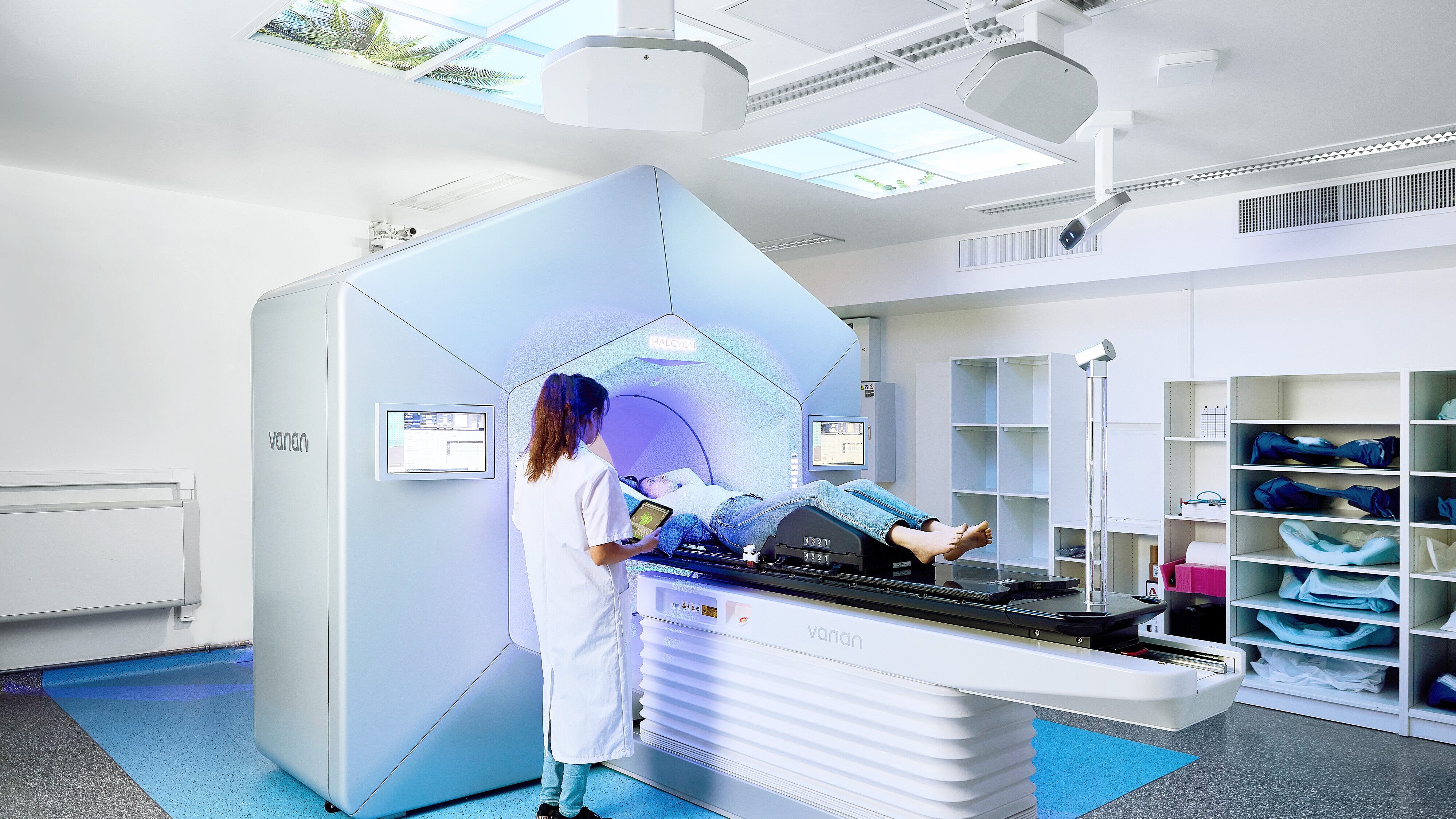What is Surface Guided Radiation Therapy
Surface Guided Radiation Therapy (SGRT) is a modern technique used in radiation oncology to improve patient positioning and motion monitoring accuracy, safety, and efficiency. It utilizes optical cameras or sensors to monitor patient movement in real-time, ensuring precise treatment delivery without requiring skin markers or additional imaging doses.
SGRT supports various radiotherapy applications
Deep Inspiration Breath Hold (DIBH) for breast cancer, minimizing radiation exposure to organs at risk, e.g. the heart.
Stereotactic Radiosurgery (SRS) and Stereotactic Body Radiation Therapy (SBRT), where sub-millimetre accuracy is crucial.
Head and Neck Cancer treatments, reducing the need for immobilization masks and enhancing patient comfort.
The clinical benefits of SGRT
Publications have shown that SGRT enhances patient outcomes by improving positioning accuracy and reducing treatment-related toxicity.

